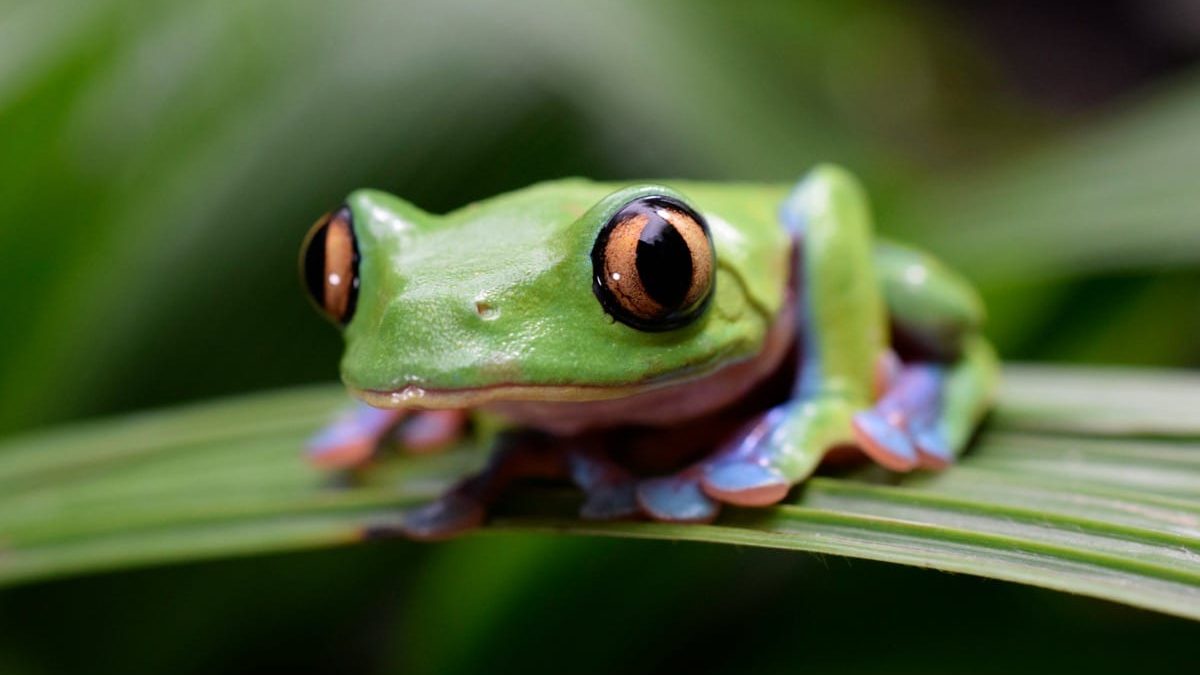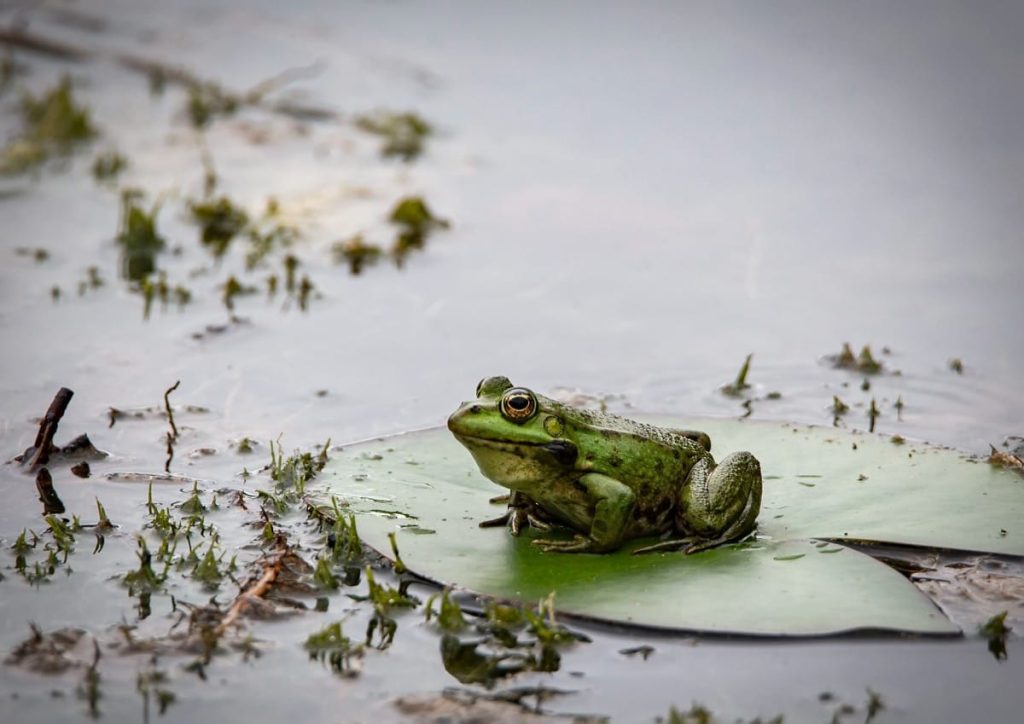
Where Do Frogs Sleep?
Frogs are fascinating creatures, hopping and croaking their way through life. But when the sun goes down and the world gets quiet, where do these slimy amphibians go to rest their weary heads?
The answer, like many things in the amphibian world, is not as simple as it seems. It depends on the type of frog, the time of year, and even the weather. So, let’s dive into the world of froggy sleep and uncover the secrets of their slumber.
Where Do Frogs Sleep at Night?
Many frogs are nocturnal, meaning they are most active at night. This makes sense, as it’s cooler and there are fewer predators around. So, where do these nighttime adventurers go to catch some Zs?
- Tree Frogs: These arboreal acrobats often sleep high up in the trees, clinging to leaves or branches with their sticky toe pads. Some species even have special adaptations, like suction discs on their fingers, to help them stay put while they snooze.
- Pond Frogs: These aquatic frogs typically sleep underwater, tucked away among weeds or hiding under rocks. They can absorb oxygen through their skin, so they don’t need to come up for air as often while they’re sleeping.
- Burrowing Frogs: Some frogs, like toads, prefer to burrow underground for the night. This provides them with protection from predators and helps them to regulate their body temperature.
Where Do Frogs Sleep in the Wild?
In the wild, frogs have to contend with a variety of threats, so their sleeping spots need to be safe and secure. The specific location will vary depending on the species and the environment.
- Forests: Tree frogs and other forest dwellers might sleep on leaves, branches, or in the bark of trees.
- Ponds and marshes: Aquatic frogs will sleep underwater, among vegetation or under rocks.
- Burrows: Burrowing frogs will dig underground chambers to sleep in.
- Under logs and rocks: Some frogs will find shelter under logs, rocks, or other debris.
Where Do Frogs Sleep in the Winter?
When the winter chill sets in, frogs need to find a way to stay warm and conserve energy. They do this by entering a state of dormancy, which is like a deep sleep.
- Hibernation: Some frogs hibernate underground, in burrows or other protected areas. They lower their body temperature and metabolic rate to conserve energy.
- Estivation: In hot, dry climates, some frogs estivate. This is similar to hibernation, but it’s a response to drought rather than cold.

Frog Sleeping Habits
While we may not know exactly what frogs dream about, we do know a little bit about their sleeping habits.
- Light Levels: Frogs are sensitive to light levels, so they typically sleep when it’s dark.
- Body Position: Some frogs sleep with their limbs tucked under their bodies, while others sprawl out.
- Eyelids: Most frogs have eyelids, but they don’t always close them all the way when they sleep.
- Brain Activity: Studies have shown that frogs do experience periods of brain activity during sleep, which suggests that they may be dreaming or processing information.
Conclusion
So, where do frogs sleep? The answer is, it depends! These fascinating amphibians have a variety of sleeping arrangements, depending on the species, the environment, and the time of year. Whether they’re snoozing underwater, clinging to a tree branch, or burrowed deep underground, one thing is for sure: frogs know how to get a good night’s rest.



